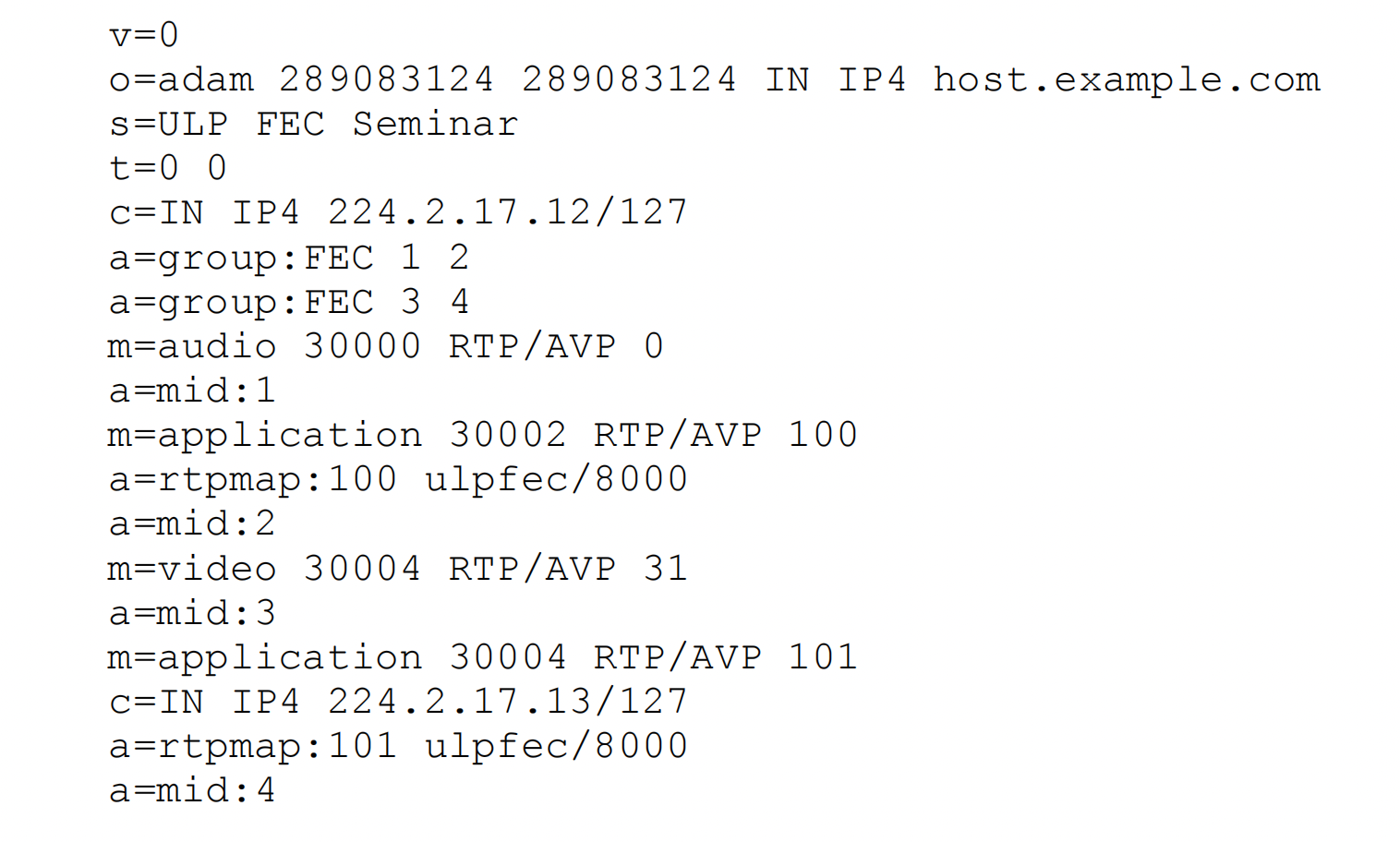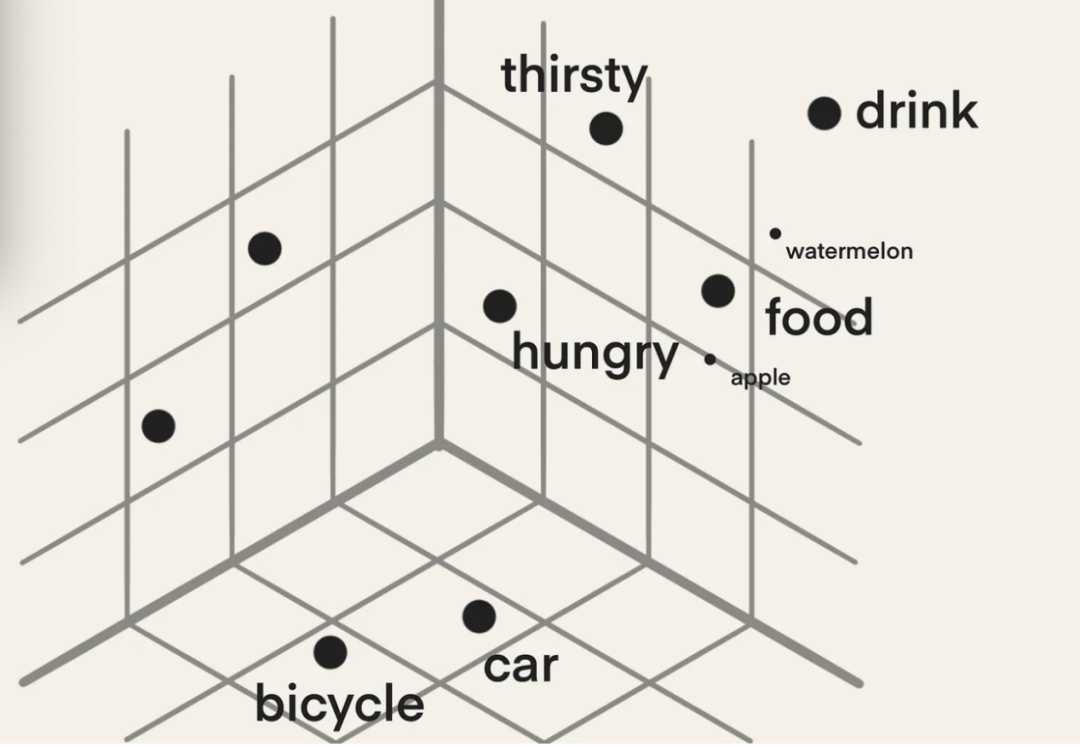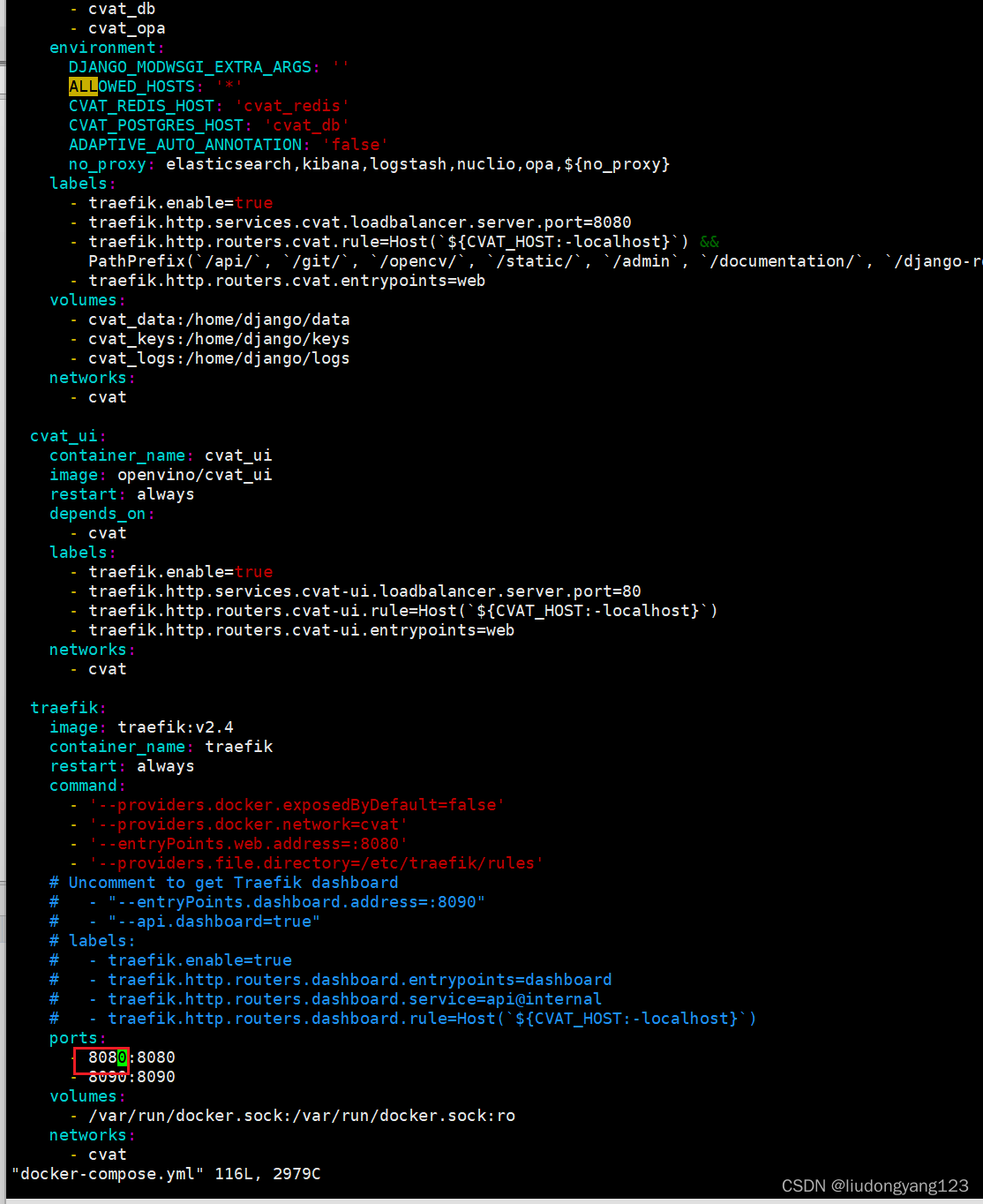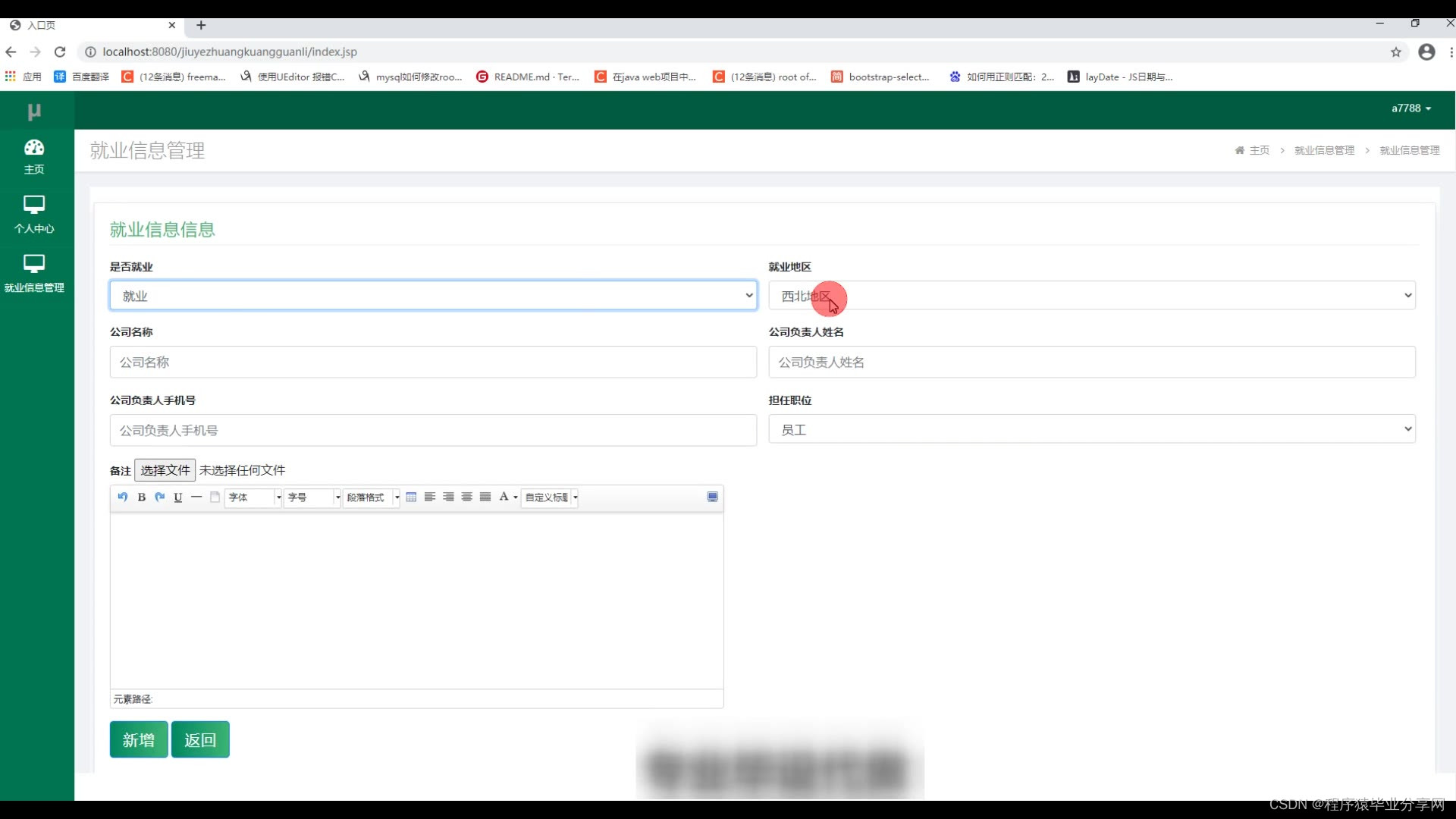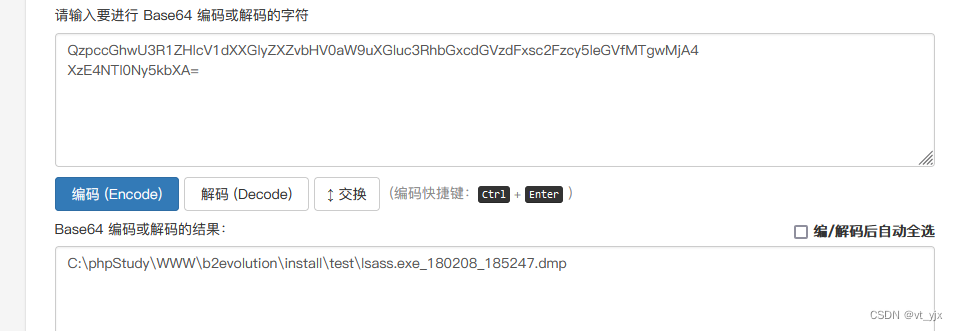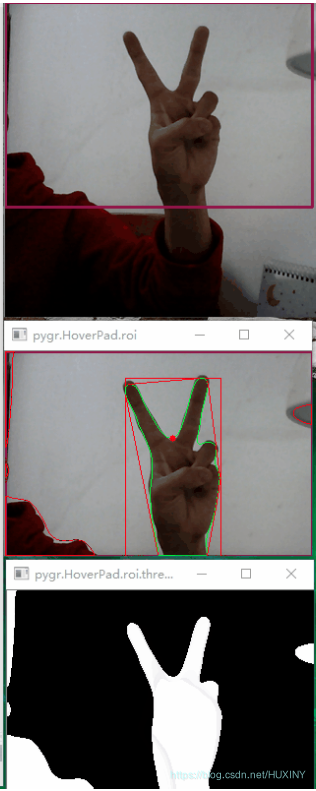文章目录
- 题目
- 方法一:集合排序(核心是内部的排序)
- 方法二: 优先队列(核心也是内部的排序)
- 方法三:归并排序(带递归) 从上往下
- 方法四:归并排序(省去递归,用迭代) 从下往上
题目
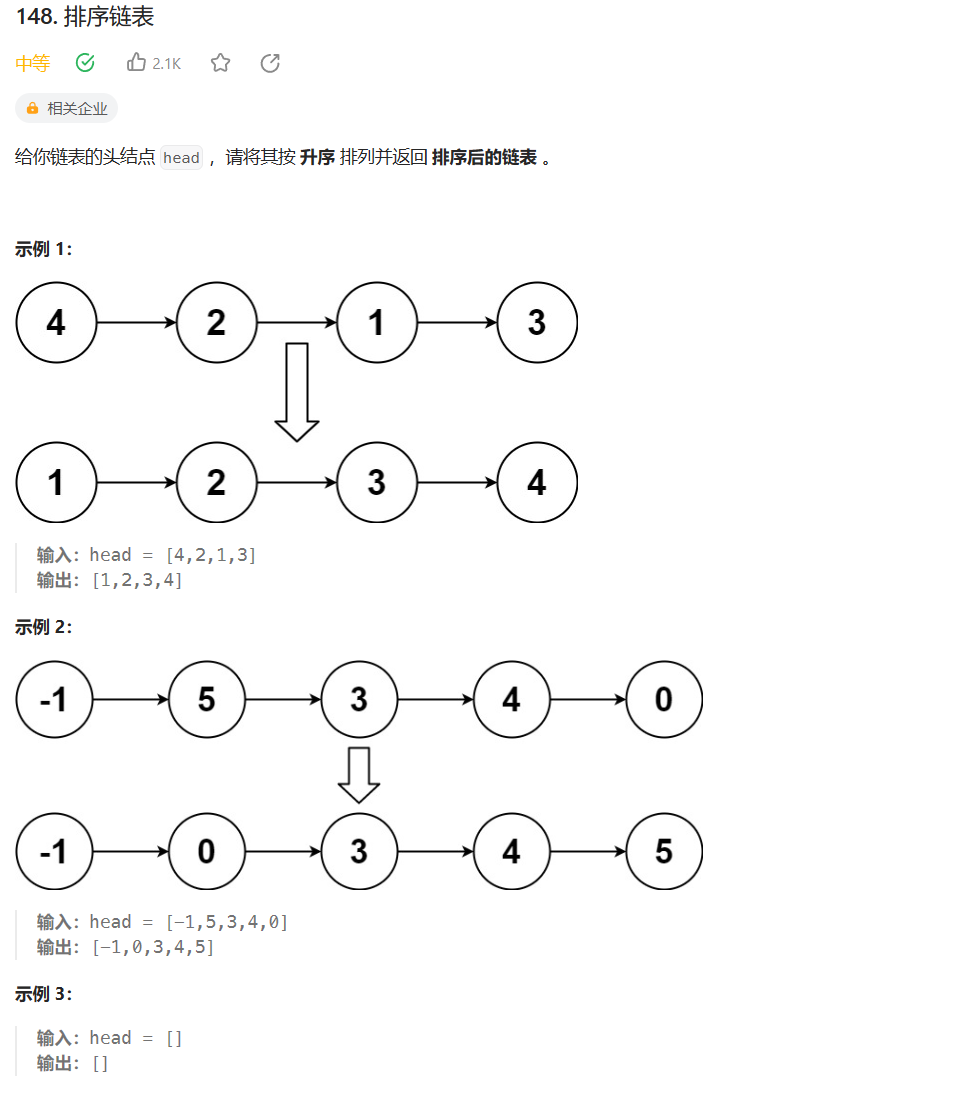
方法一:集合排序(核心是内部的排序)
把链表放到List集合,排好序,再依据List集合创建一个新有序链表返回就行了
//方法一 集合倒序 (存.val值在转换为ListNode)public ListNode sortList(ListNode head) {if(head == null) return head;List<Integer> list = new ArrayList<>();ListNode node = head;while(node != null){list.add(node.val);node = node.next;}Collections.sort(list);//升序排列ListNode min = new ListNode(list.get(0));//直接找出小值记录头结点node = min;for(int i = 1; i<list.size(); i++){ListNode h = new ListNode(list.get(i));node.next = h;node = node.next;}return min;}// 方法一 集合倒序(存ListNode值直接调用Comparator接口进行值排序)// public ListNode sortList(ListNode head) {// if(head == null){// return null;// }// List<ListNode> list = new ArrayList<>();// while(head !=null){// list.add(head);// head = head.next;// }// list.sort(new Comparator<ListNode>(){// @Override// public int compare(ListNode o1, ListNode o2) {// return o1.val - o2.val;// }// });// for(int i = 0 ; i < list.size() - 1;i++){// list.get(i).next = list.get(i + 1);// }// list.get(list.size() - 1).next = null;// return list.get(0);
方法二: 优先队列(核心也是内部的排序)
优先队列 往这个优先队列中插入元素时,会按照节点 val 属性的大小顺序进行排序,即小的节点排在前面,大的节点排在后面。依次谈栈再创建新链表
优先队列声明
PriorityQueue<ListNode> queue = new PriorityQueue<>((node1, node2) -> node1.val - node2.val);
((node1, node2) -> node1.val - node2.val) 升序排列((node1, node2) -> node2.val - node1.val) 降序排列
public ListNode sortList(ListNode head) {PriorityQueue<ListNode> queue = new PriorityQueue<>((node1, node2) -> node1.val - node2.val);ListNode cur = head;while (cur != null) {queue.offer(cur);cur = cur.next;}ListNode dummy = new ListNode(0);cur = dummy;while (!queue.isEmpty()) {cur.next = queue.poll();cur = cur.next;}cur.next = null;return dummy.next;}
方法三:归并排序(带递归) 从上往下
先找到中间点 按中间点切割链表 然后排序好切割好的两头的链表 再将两个排序好的链表合并起来 (递归终止条件是切割到只有一个节点,直接返回可以排序了)
- 先找到待排序链表的中间节点(快慢指针找)
- 再根据中间节点对两边的链表分别进行归并排序(递归)
- 将排序好的两部分链表进行合并( 双指针法 无需递归)
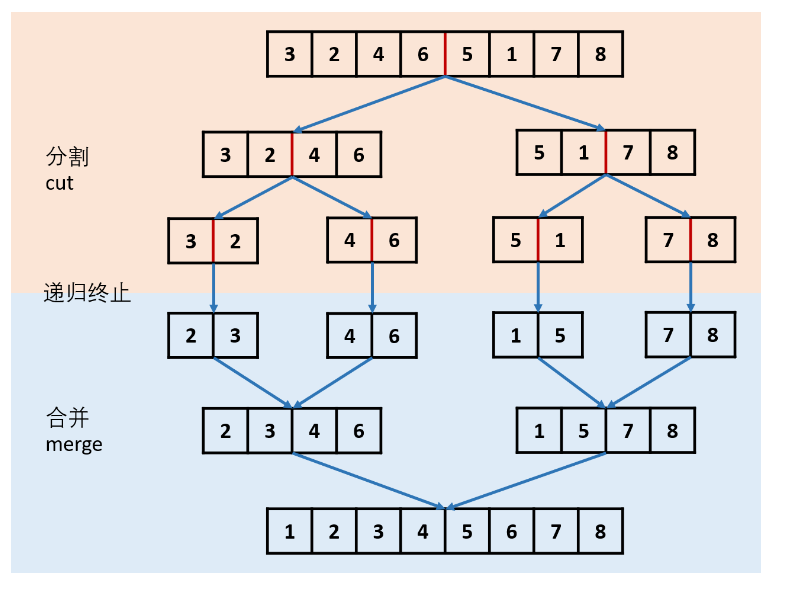
public ListNode sortList(ListNode head) {return mergeSort(head);}// 归并排序private ListNode mergeSort(ListNode head){if(head ==null || head.next==null) return head;// 如果没有结点/只有一个结点,无需排序,直接返回--也是递归的出口// 快慢指针找出中位点ListNode fast = head.next;//让fast比slow快1个位置,这样最后solw会停在链表中间点前一个位置// ListNode fast = head.next.next;//两种方式都可以 最终slow都会停在中间点前一个位置ListNode slow = head;//记住这个判断条件,偶数结点会找靠左结点,奇数就是中间节点,能用到很多题上while(fast !=null && fast.next !=null){slow =slow.next;fast = fast.next.next;}// 对右半部分进行归并排序ListNode right = mergeSort(slow.next);// 对左半部分进行断链操作slow.next =null;// 对左半部分进行归并排序ListNode left = mergeSort(head);//合并两个有序链表return mergeList(left,right);} // 合并链表 双指针法private ListNode mergeList(ListNode l,ListNode r){// 临时头节点ListNode tmpHead=new ListNode(-1);ListNode tem = tmpHead;while( l!=null && r!=null ){ //只循环走到任何一方为null时 后面就不需要再比较了 直接把多的哪一方拼接起来就行if(l.val < r.val){tem.next =l;l = l.next;}else{tem.next =r;r = r.next;}tem = tem.next;}if(l==null) tem.next = r;//只循环走到任何一方为null时 后面就不需要再比较了 直接不为null的哪一方拼接起来就行else tem.next =l;return tmpHead.next;}
方法四:归并排序(省去递归,用迭代) 从下往上
核心就行直接定义排序的最小单位 也就是一个节点的链表(大for循环从intv = 1(子俩表长度) 开始 在intv >= 大链表的长度停止),然后分别对链表长度为1 2 3 4 进行合并排序,然后拼接到一起,就是排序号的链表
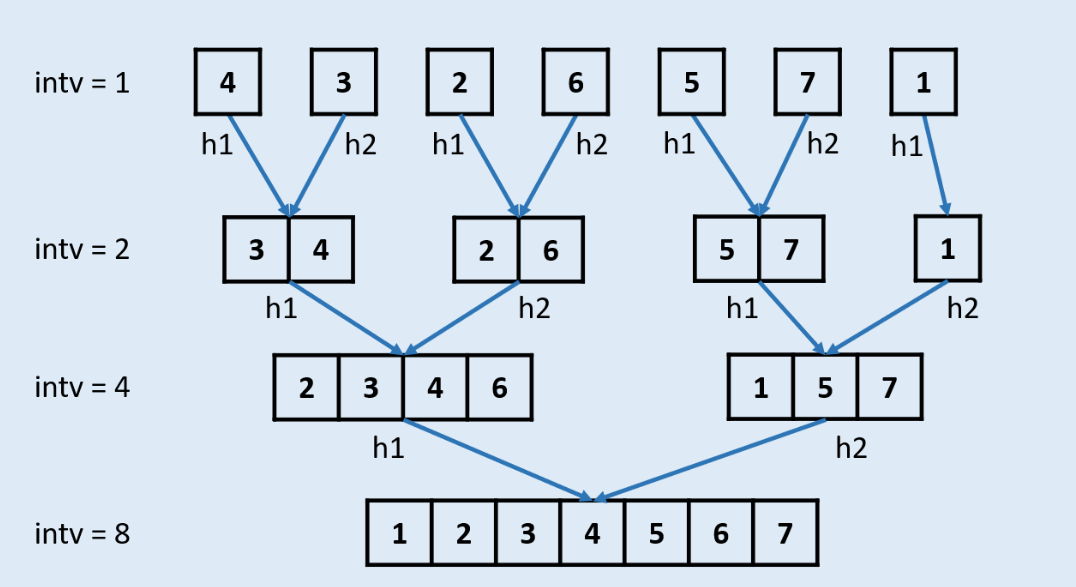
public ListNode sortList(ListNode head) {if(head == null) return head;int length = 0;//统计链表的长度ListNode node = head;while(node != null){length++;node = node.next;}ListNode preHead = new ListNode(0,head);//创建哑结点 preHead--->headfor(int intv = 1; intv < length ;intv=intv*2){ //每次intv扩大两倍 直到intv 大于等于了链表的长度ListNode prev = preHead;//prev为拼接点(拼接合并好的链表)ListNode cur = preHead.next;while(cur != null){//开始拆分ListNode head1 = cur;//intv为1 时的 第一段链表的头节点for(int i = 1 ; i<intv&&cur.next !=null&& cur != null;i++){//找到intv为1 时的 第一段链表的末尾节点 方便找到第二段的头结点 cur=cur.next;//此时循环结束 cur指向的是第一段链表的尾部 }ListNode head2 = cur.next;//intv为1 时的 第二段链表的头节点cur.next = null; //端链操作 将两部分链表断开cur = head2; //更新cur到第二段链表的首节点for(int i = 1 ; i<intv && cur != null && cur.next != null ; i++){cur=cur.next;//此时 cur指向的是第二段链表的尾部}ListNode next = null;if(cur != null){ //记录第二次进行 比较的 第一段链表的第一个节点next = cur.next;cur.next = null;//对第一次比较的第二个链表进行断链}ListNode merged = mergeList(head1,head2);//对第一次的两个链表进行合并排序prev.next = merged;//将合并好的链表 拼接到prev后面while(prev.next != null){prev = prev.next; //把prev移动到拼接好的链表的尾部,方便下次再拼接合并排序好的链表}cur = next;//将cur更新到下一批次合并排序的第一个俩表的头结点}}return preHead.next;}// // 合并两个有序链表 双指针法private ListNode mergeList(ListNode l,ListNode r){// 临时头节点ListNode tmpHead= new ListNode(-1);ListNode tem = tmpHead;while( l!=null && r!=null ){ //只循环走到任何一方为null时 后面就不需要再比较了 直接把多的哪一方拼接起来就行if(l.val < r.val){tem.next =l;l = l.next;}else{tem.next =r;r = r.next;}tem = tem.next;}if(l==null) tem.next = r;//只循环走到任何一方为null时 后面就不需要再比较了 直接不为null的哪一方拼接起来就行else tem.next =l;return tmpHead.next;}
![java八股文面试[多线程]——什么是守护线程](https://img-blog.csdnimg.cn/c6b128f75083482d8465e622f543153b.png)

